I switched from Android to iPhone — here's what happened
Switching from Google Pixel 6 Pro to the iPhone 13 Pro has left me torn
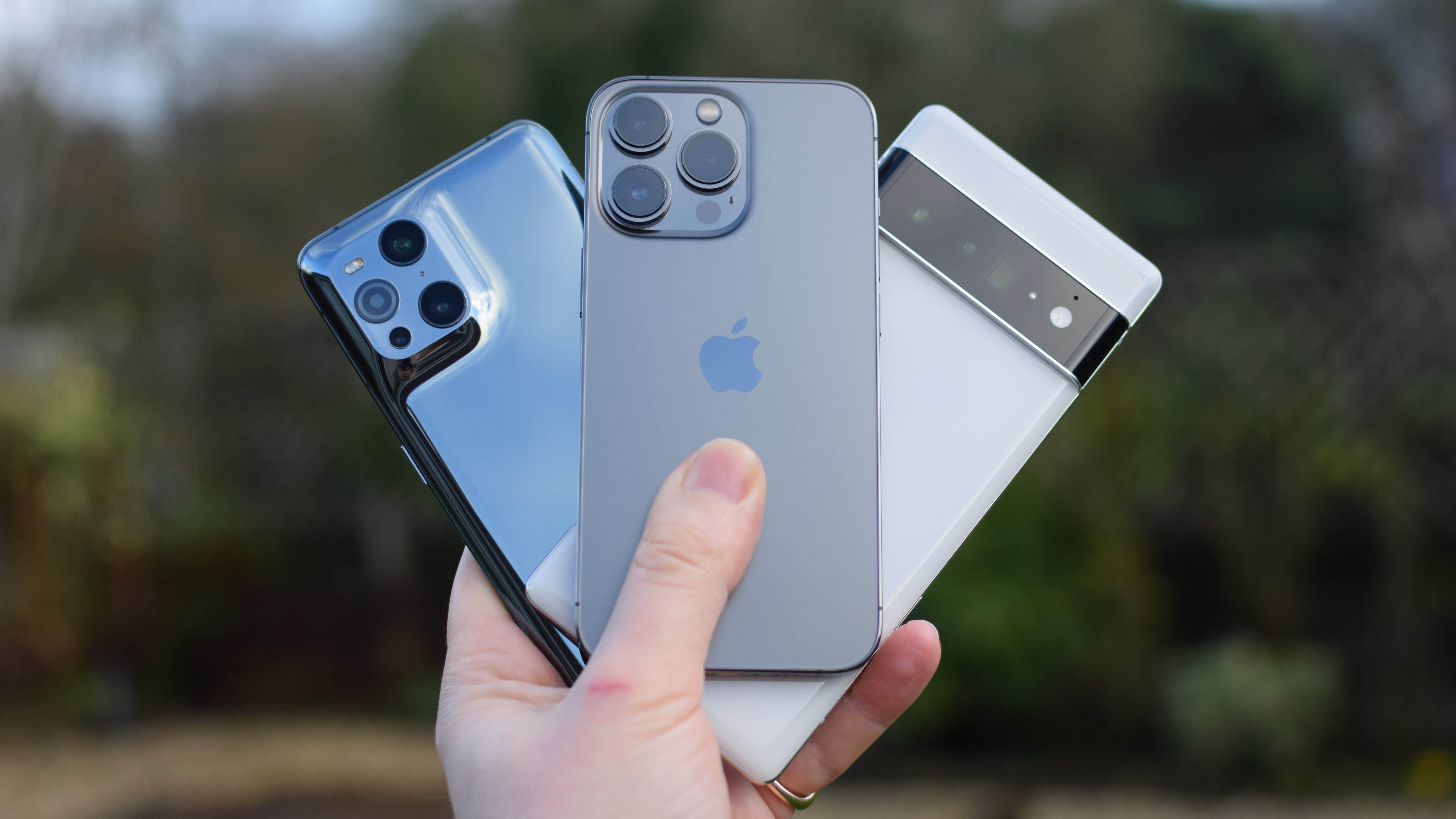
I’ve never really nailed my colors to the mast of any platform; I’ve always had an iOS or Android device around me, can see the perks of macOS and Windows, and wouldn't be able to choose between the PS5 vs Xbox Series X. But despite this, I’ve been an Android smartphone user for the past five years.
That’s not from any particular choice, just that I tend to test a lot of Android phones and so I have gravitated more towards that platform. But as my first smartphone was the iPhone 4s, I’ve always been curious what it would be like to fully go back to iOS after years with a bouquet of the best Android phones.
I had turned my nose up at the iPhone 13 — I felt it didn’t go far enough to mix up the iPhone formula and claimed I’d wait for an iPhone 14 — but I’ve had the opportunity to pop my SIM card into an iPhone 13 Pro, moving from the Google Pixel 6 Pro, to see if I can be tempted to fully commit to sticking with iOS. And I have some thoughts.
Going iPhone 13 Pro
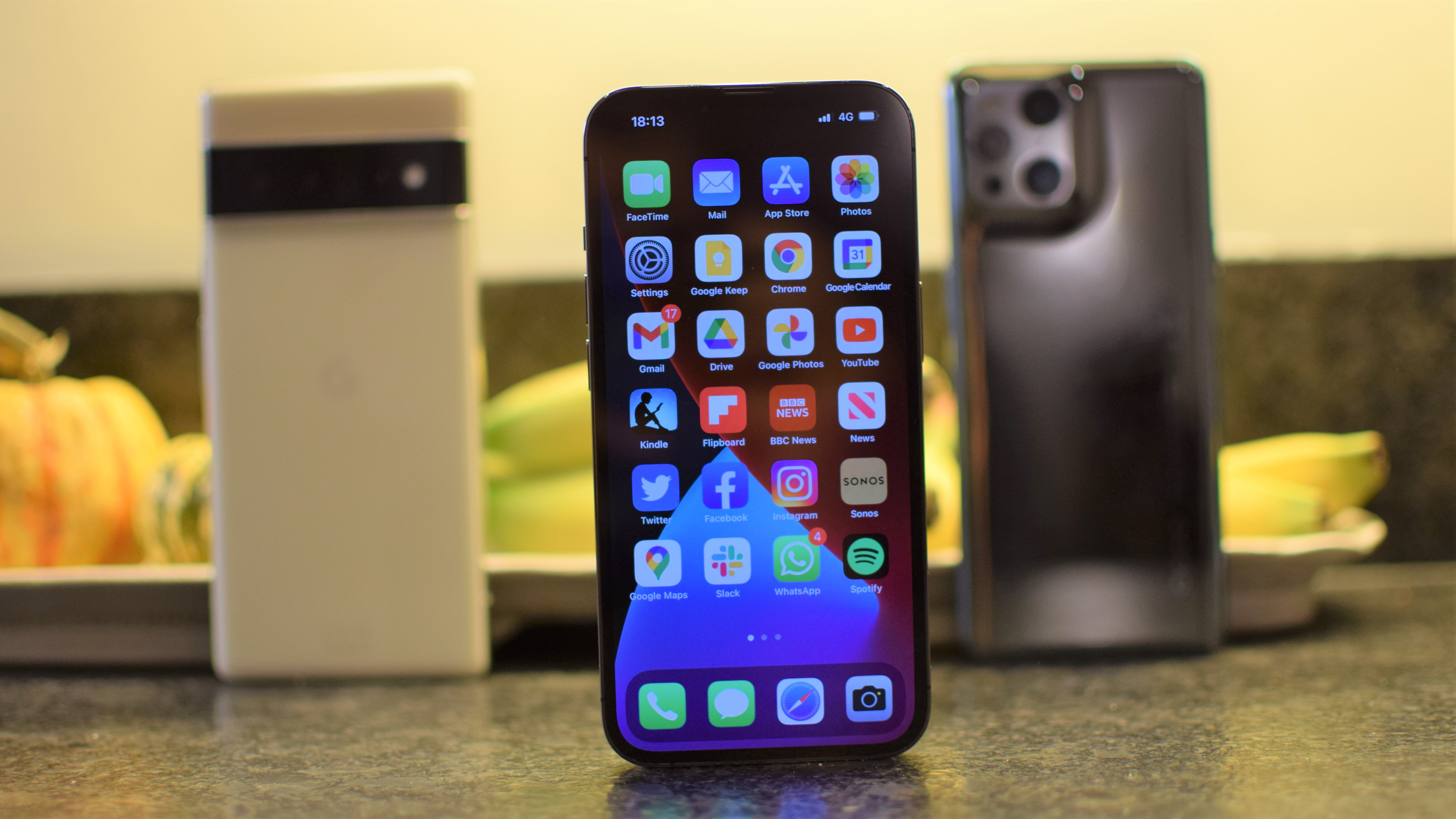
While I had an iPhone 12 for a while, one of the reasons I never moved to it was that Apple saddled it with a 60Hz display. Having been spoiled by the Samsung Galaxy S21 and Oppo Find X3 Pro for a good part of the year, I now find 60Hz screens to be jarring. Heck, even 90Hz feels slow.
So Apple’s move to finally go 120Hz with an LTPO panel caught my attention. And it’s great.
I’ve long enjoyed Apple’s Retina display, but not only is the iPhone 13 Pro’s OLED display lovely to look at, with buckets of color and contrast, that 120Hz refresh rare is wonderfully smooth. Add in the fine timing of iOS and the iPhone’s performance, and everything just feel right to the touch. The snappy responses means the iPhone 13 Pro feels like it’s in sync with what I want to interact with, never lagging or going too fast.
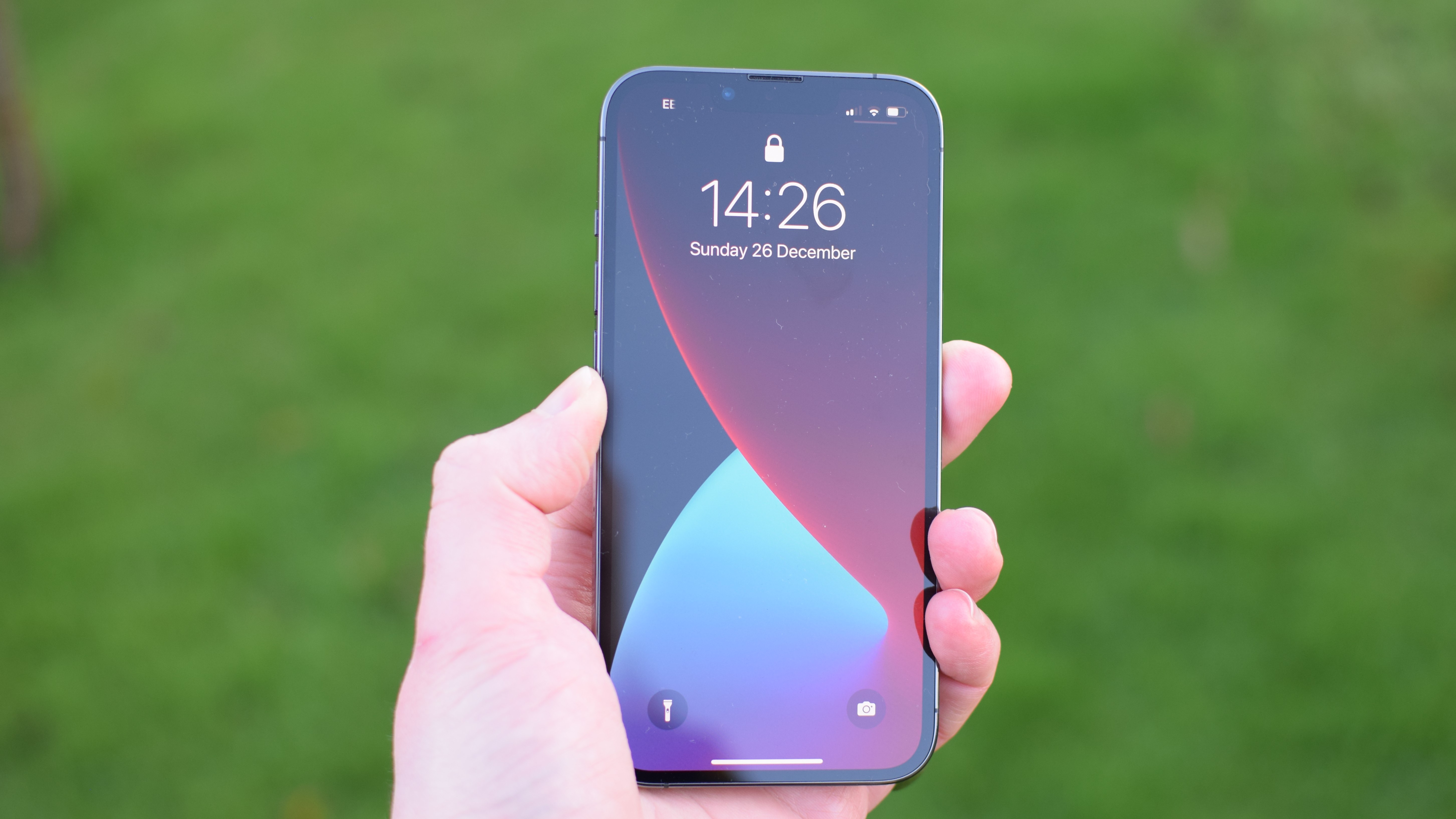
Not everyone will care about fast refresh rates, but for me it's the essential feature to pull me back to iPhone after Android life in the 120Hz fast lane. I’m disappointed Apple stuck with 60Hz for the regular iPhone 13 though.
Get instant access to breaking news, the hottest reviews, great deals and helpful tips.
The Pro appeal of the $999 iPhone also extends to its trio of rear cameras. While there’s no extra macro lens, microscope or super telephoto zoom, the main, ultra-wide and telephoto suite of snappers remains the best camera combination for what I want from a smartphone. Sure, the pair of rear cameras on the standard iPhone 13 are great, but having that telephoto zoom just makes for more comprehensive photography options.
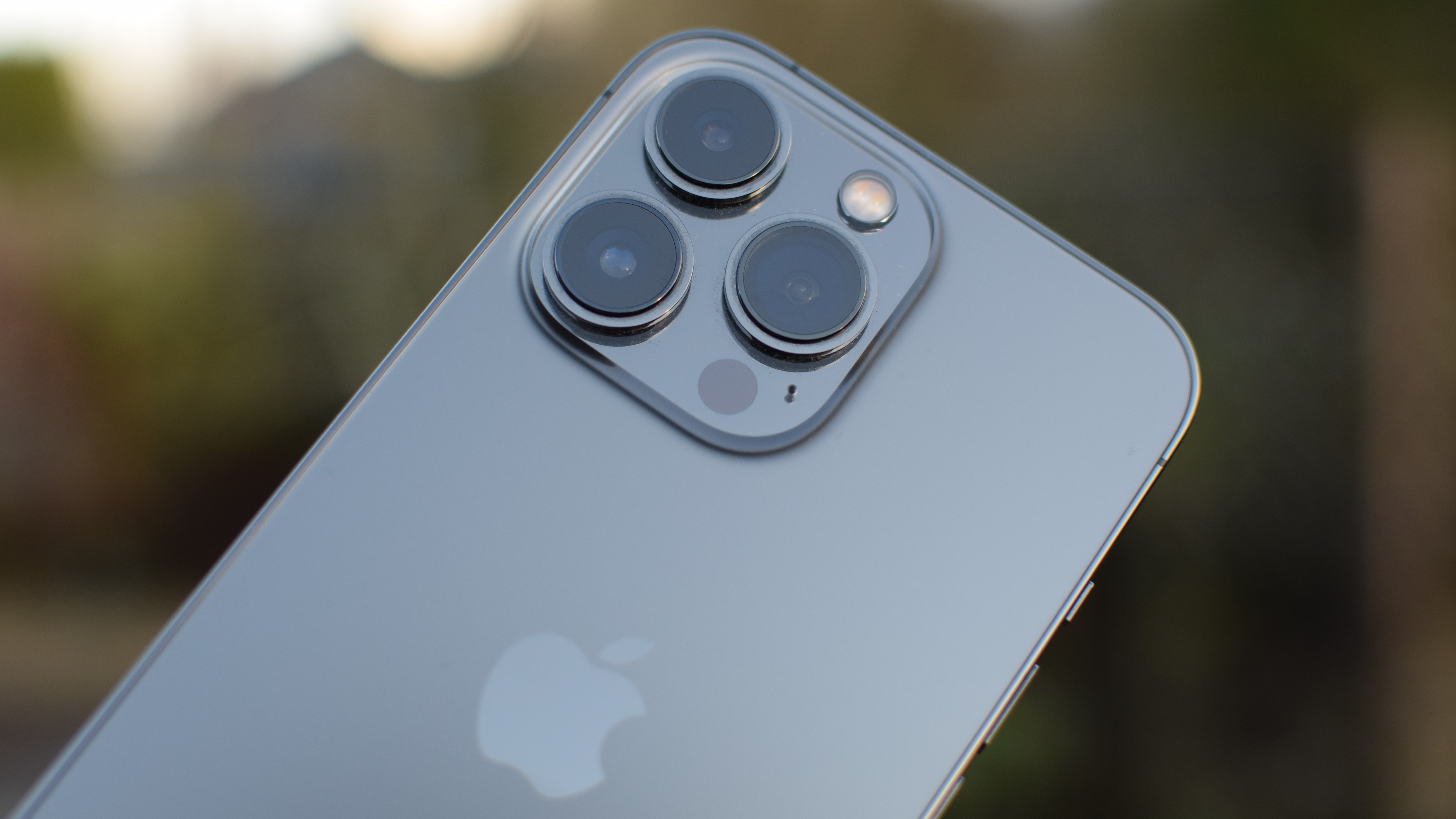
And the photography results are brilliant, backing up the iPhone 13 Pro’s spot on our best camera phones list. Shots are colorful, full of detail and contrast, and just excellent across all three cameras.
The only fly in the ointment is I really like the contrast-y photos the Pixel 6 Pro delivers, making it very tricky to decide which is the best for me. I reckon the Pixel 6 Pro delivers the best main camera shots, but the iPhone 13 Pro feels more consistent across all of it cameras and never once delivered a lackluster photo.
In terms of a point and shoot photography experience, I reckon the iPhone 13 Pro just about edges out the competition, even though the Pixel 6 Pro is also brilliant at this. Apple’s flagship certainly has the edge over the Galaxy S21, though that phone also takes great photos.

On the video front, the iPhone 13 Pro proves yet again that iPhones are the king of video recording. I already found this to be the case with the iPhone 12, so there were no surprises; not sure I’d get much use out of the Cinematic mode.
Could I recommend the iPhone 13 Pro’s cameras over the Pixel 6 Pro? Well, I’m not sure, as both are superb. Can I recommend the iPhone 13 Pro’s cameras over those of any other phone? Yes, absolutely.
That old familiar feeling

As I’ve used an iPhone 12 for various tasks this year, such as explaining how to connect a PS5 DualSense controller to your iPhone, the design and feel of the iPhone 13 Pro felt wasn't anything new. But using it as my main phone, I was struck by just how familiar the phone felt, even coming from years of Android use.
The rounded rectangular design of iPhone 13 Pro took me back to the iPhone 4s, with the return of the flat edges feeling comfortable, yet not slippery like the curved side on an OnePlus 9 Pro for example. Sure, they pick up fingerprints but they scream high-end industrial design.
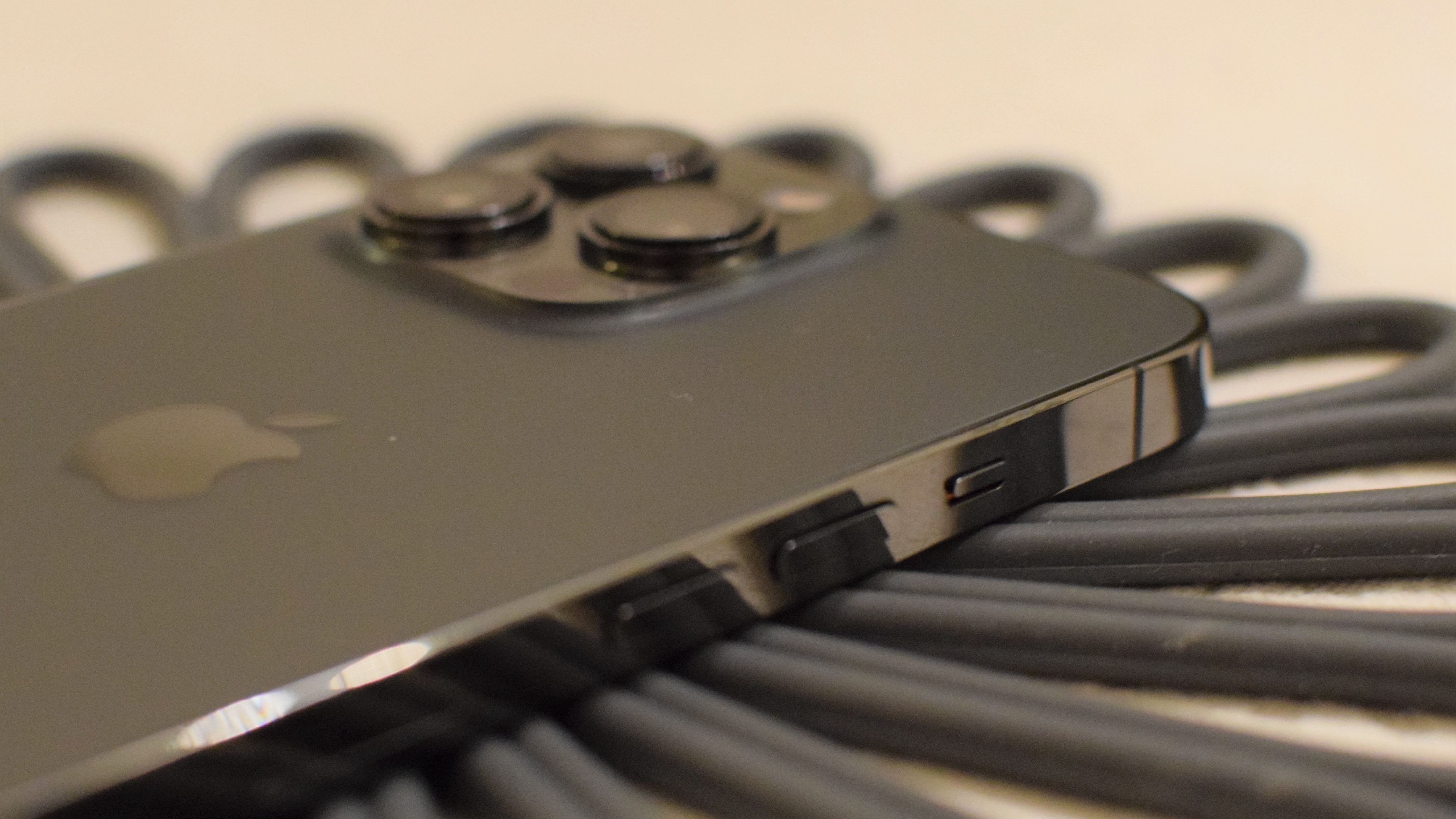
As does the rest of the phone; nothing seems out of place, nor are there any sharp edges. I love the design of the Pixel 6 Pro, and the Oppo Find X3 Pro feels lovely to hold, but neither quite convey a sense of impeccable build quality as the iPhone 13 Pro does. Then again Apple products have always had a high-level of build quality, Butterfly keyboard mechanism not withstanding.
I had thought the display notch would annoy me, as I’m now very used to punch-hole camera cutouts rather than notches of any shape or size. And yes, it’s not ideal and something I feel Apple really should change with the iPhone 14. But it’s smaller than before and when using dark mode on iOS it becomes a lot less intrusive.
And overall the 6.1-inch display feels like the perfect size for me, leading to a phone that’s still usable in one hand but has enough screen space to be productive on the move.
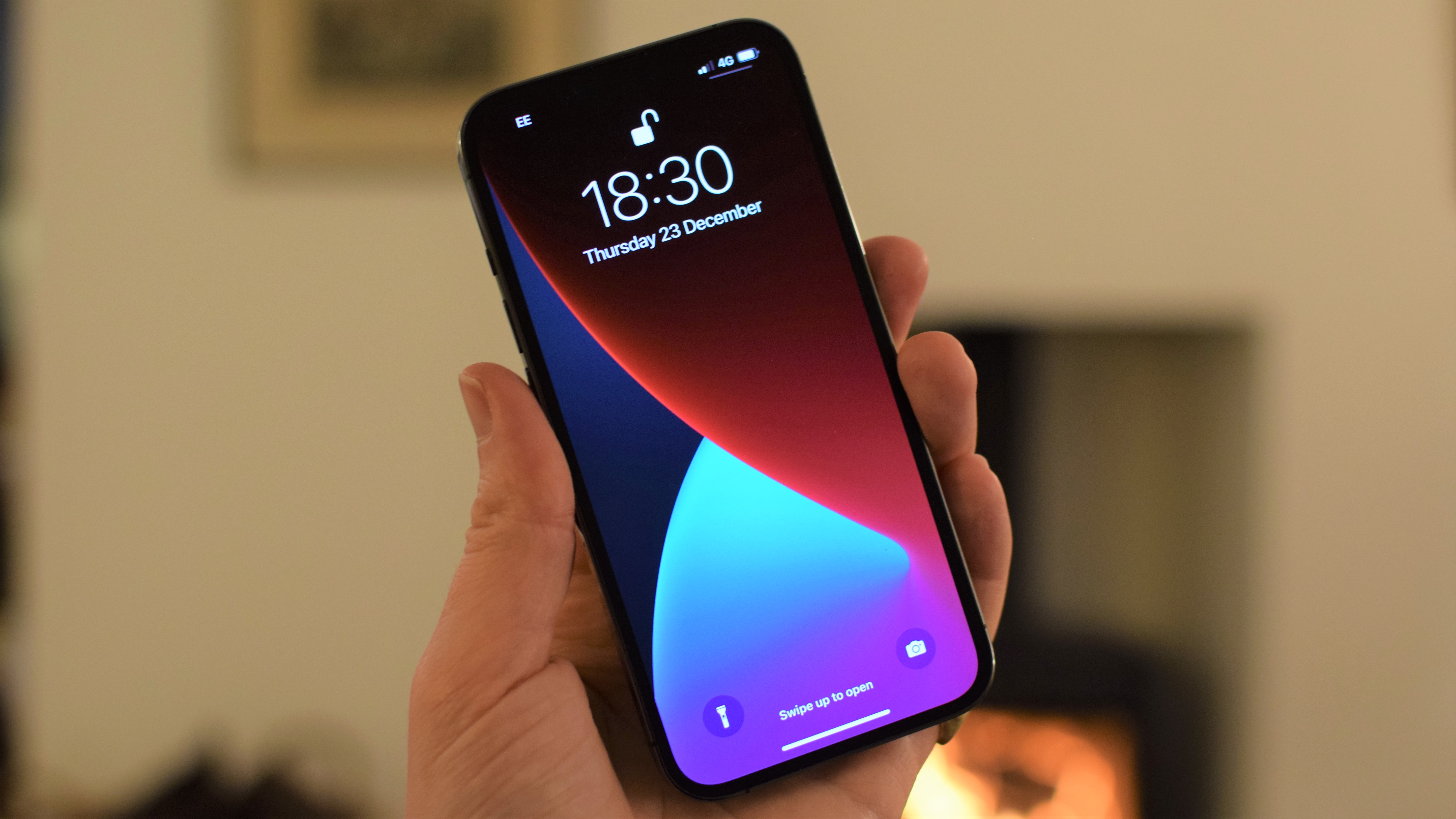
On to the software, it’s the same story. iOS has evolved a lot since the iPhone 4s, but the menus, settings and apps still maintain a graphical design and finesse that I feel few native Android apps or skins can match. The weather app for example remains one of my favorites, with the background showing off the weather conditions outside in a wonderful bit of graphic design.
Pure Android 12, as well as the Pixel’s take on it, shows how far Googles’ mobile operating system has come since my early days of using it with Android Jelly Bean and KitKat; it “just works” equally applies to Android as it does for iOS when it comes to ease of use.
But I still feel iOS has the edge in terms of overall design — the effect of tapping on an apps folder to have a translucent box pop up showing the apps inside it while blurring those in the background is a small but very pleasing touch.
Granted, it’s taken me a little while to get reacquainted with iOS given my daily Android use. But once up and running, I can’t deny that Apple’s take on mobile software is simply brilliant.
Apple's walled garden
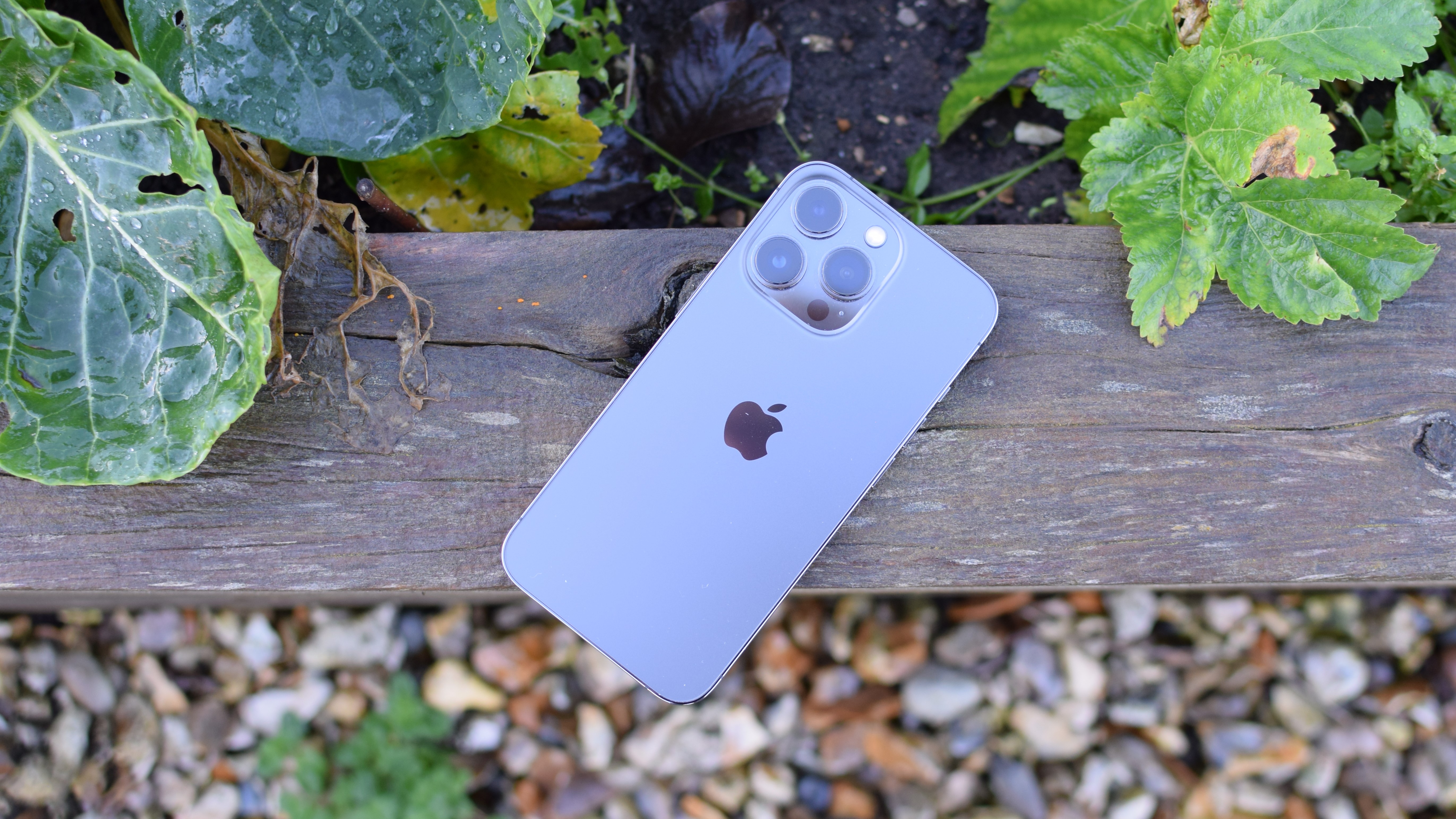
Things are far from perfect with iOS though. The common complaint with iPhones is that Apple keeps them fairly locked down and restricts much customization below the surface. And I found that to be the case.
Simply moving apps around to get the home screen set up what way I wanted was deeply frustrating. You can't simply drag and drop an app where you want it; move one and the rest move as well.
While the addition of widgets to iOS are appreciated, they lack the flexibility and variation of those found in Android. At the moment, iOS widgets all feel a little first generation, albeit very usable.
FYI: WhatsApp finally makes it easy to switch from Android to iPhone.

And while you can add in things like third-party keyboards, the process isn't very clear. Nor are there any options to really dig into iOS settings; there’s no way to tweak the Retina display’s colors for example.
A lack of apps drawer, no always-on display, and the awkward handling of lock screen notifications — you need a long press to access them, which isn’t made that clear from the beginning — take some of the shine off iOS.
I’m no Android power user, but I do like the option to have options. Having said that, there’s a benefit to Apple's locked down approach.
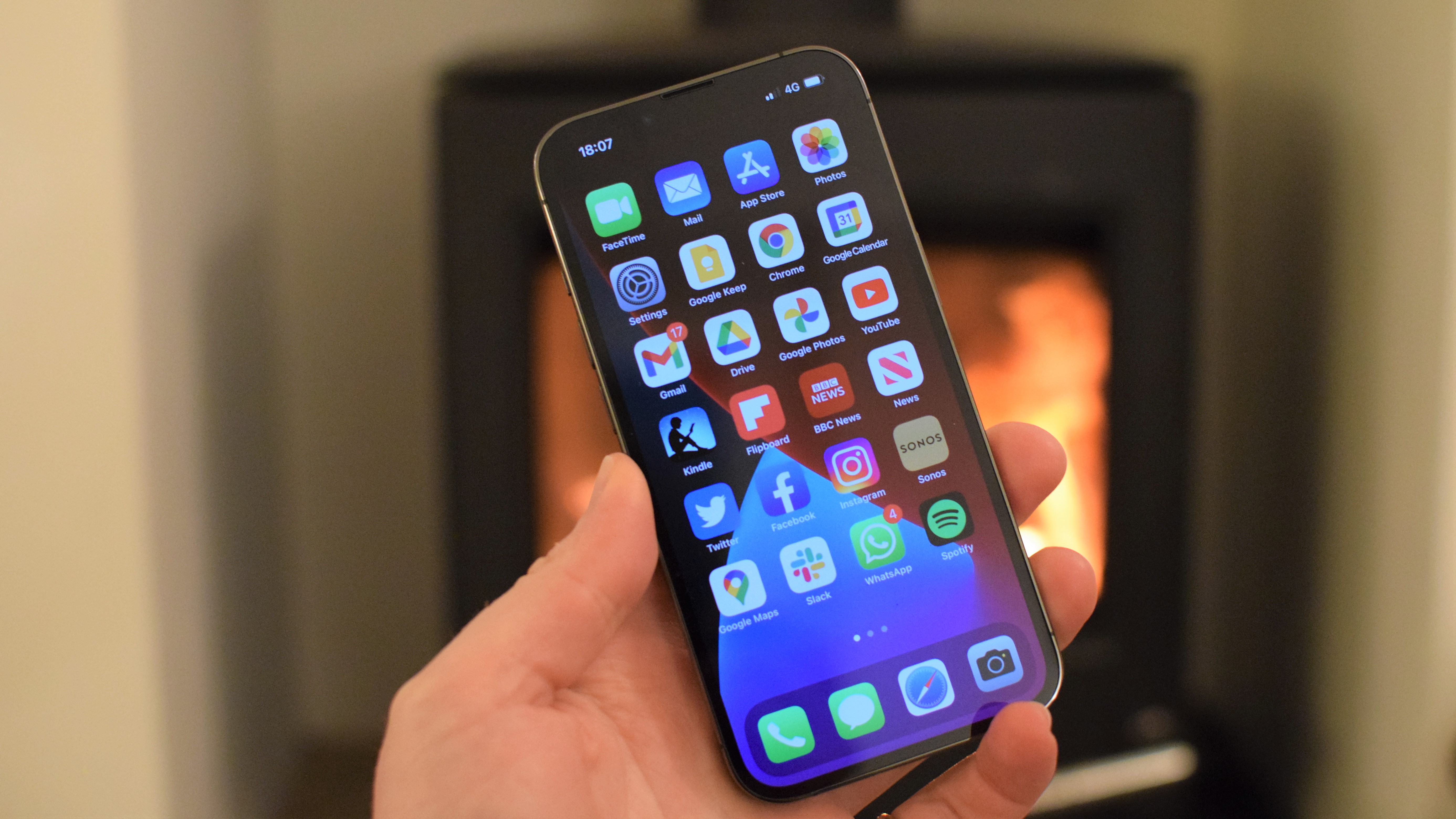
Controlling everything from the chip at the heart of the iPhone 13 Pro to the apps that make it into the App Store, has meant that both the phone and iOS feel honed to a fine point. Every app I’ve downloaded works perfectly with a consistent feel in design and performance; heck even Google apps like Docs and Drive are a joy to use on iOS. And games, simply on the App Store or provided through Apple Arcade, all run brilliantly, no doubt thanks to optimization and the sheer power of the A15 Bionic chip.
Sure, the walled garden approach Apple takes means some apps and games on Android aren’t allowed on iOS; I really wish the iOS Xbox Game Pass app had native game streaming enabled.
But there’s a very comforting feeling being inside this restricted ecosystem. I’d liken it to being wrapped tightly in a duvet on a cold night: you can’t move much, but you feel snug and content where you are.
iPhone: Boringly brilliant
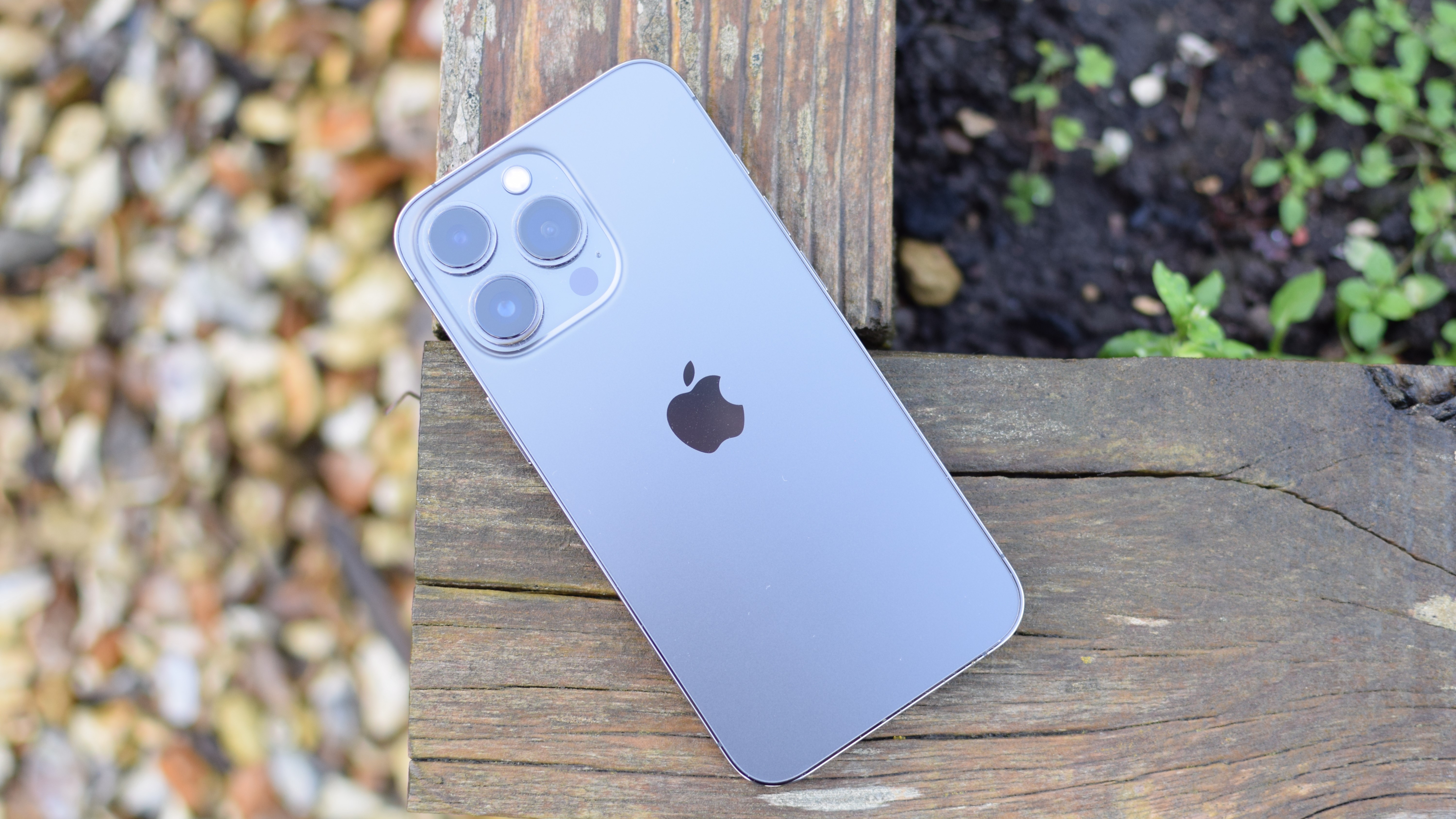
The overall combination of slick design, brilliant cameras, carefully curated features and slick (if inflexible) software, is more than enough for most people. And the tightly tuned interplay between iPhone, Apple Watch and MacBooks, all makes it clear to me why people choose iPhones and stick with them.
But I’m left wanting more. I feel the iPhone 13 Pro lacks the smarts of the Pixel 6 phones with the Tensor chip and the features it enables. And there's nothing extra with Apple’s phones, like there is with the Samsung Galaxy S21 Ultra with its secondary telephoto camera and the ability to become a pseudo desktop computer with DeX.

As such, the iPhone 13 Pro is brilliant but rather dull at the same time. I’m hoping that changes with the iPhone 14, with the adoption of USB-C connectivity, an under-display take on Touch ID, better widgets, and smart features for Siri that really offer something new and exciting.
After all there’s only so much incremental iteration Apple can do with the iPhone in its current tried-and-tested formula before it needs to go back to the drawing board.
No easy answer
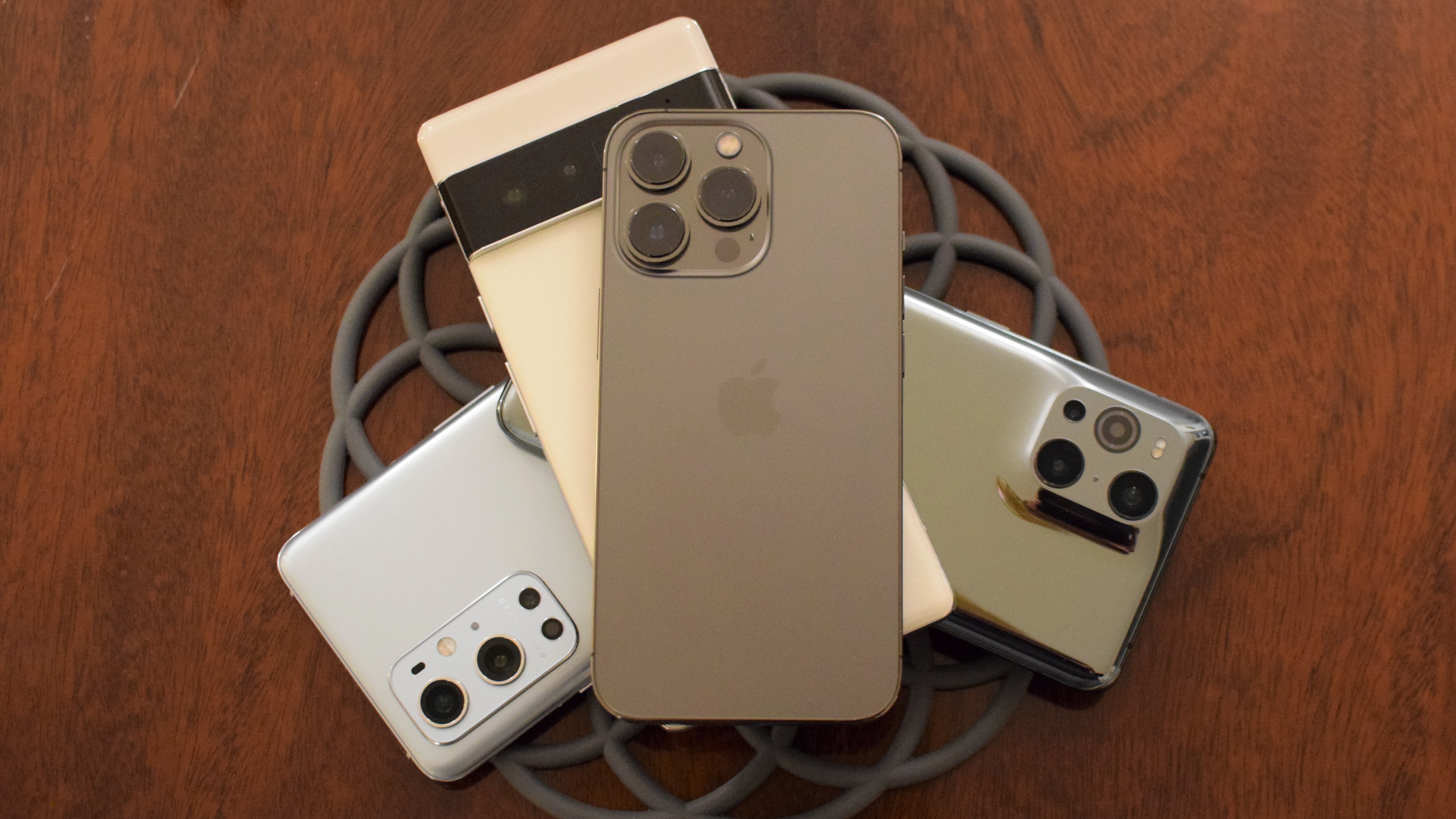
The heart of this article isn’t to assess whether iOS is better or worse than Android. Both are excellent and accessible to all, with Android offering more flexibility and options, while iOS offers a slick, consistent experience.
Rather I wanted to see if I, as a long-time Android user, could easily make the switch to iOS, as well as assess if the die-hard fandom toward Apple’s phones is relevant at a time when we’re flush with excellent Android phones. And I had thought I’d end up coming hard on the side of Android or iOS as my platform of choice.
But truth be told, I’m torn on my conclusion. That’s mostly due to the Google Pixel 6 Pro being the Android phone I've been waiting for with its heady mix of specs, smarts and stellar photography. And, there are a few things that still bug me after switching from Android to the iPhone. Yet the iOS experience has got its claws in me, and the iPhone 13 Pro’s size, design, and camera performance is undeniably appealing.
For work purposes, I’ve been carrying around both the iPhone 13 Pro and Pixel 6 Pro, and that won’t change, only that my SIM is now in the Apple phone.
But, for the time being, after a busy day of tech news and views, it’ll be the iPhone 13 Pro that I reach for.
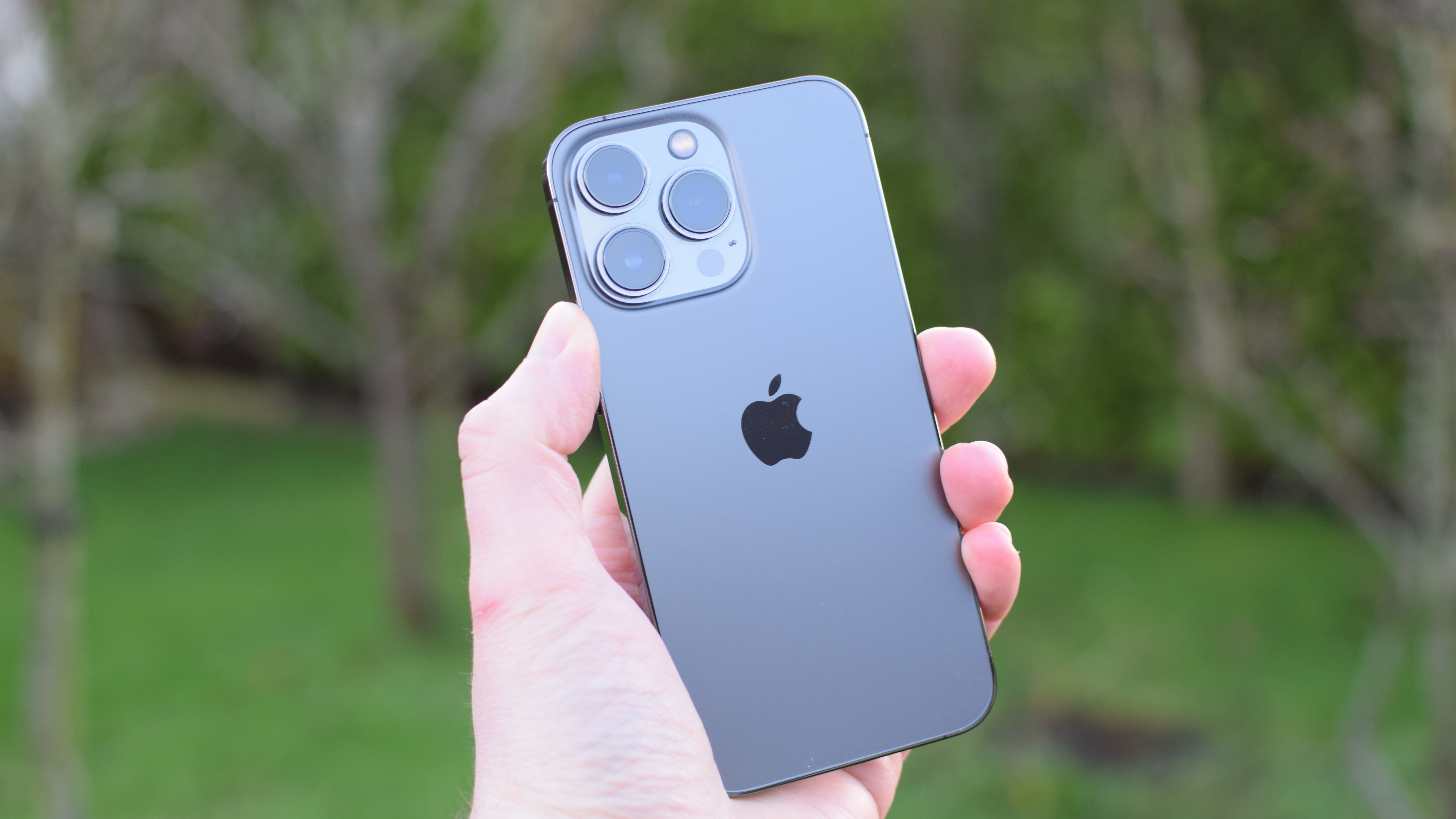
That's down to three reasons: the lengthy battery life, the speedy mobile internet connection, and AirPlay being excellent at piping music to my Sonos smart speaker when my home Wi-Fi is being temperamental.
How long this will remain the case, I’m not so sure. With the Samsung Galaxy S22 on the horizon, I’m sure the lure of a new Android phone will hook me. And my Pixel 6 Pro will also be kept within easy reach. Yet for better or worse, the iPhone 13 Pro is now my everyday phone; well done Apple, very well done.

Roland Moore-Colyer a Managing Editor at Tom’s Guide with a focus on news, features and opinion articles. He often writes about gaming, phones, laptops and other bits of hardware; he’s also got an interest in cars. When not at his desk Roland can be found wandering around London, often with a look of curiosity on his face.
